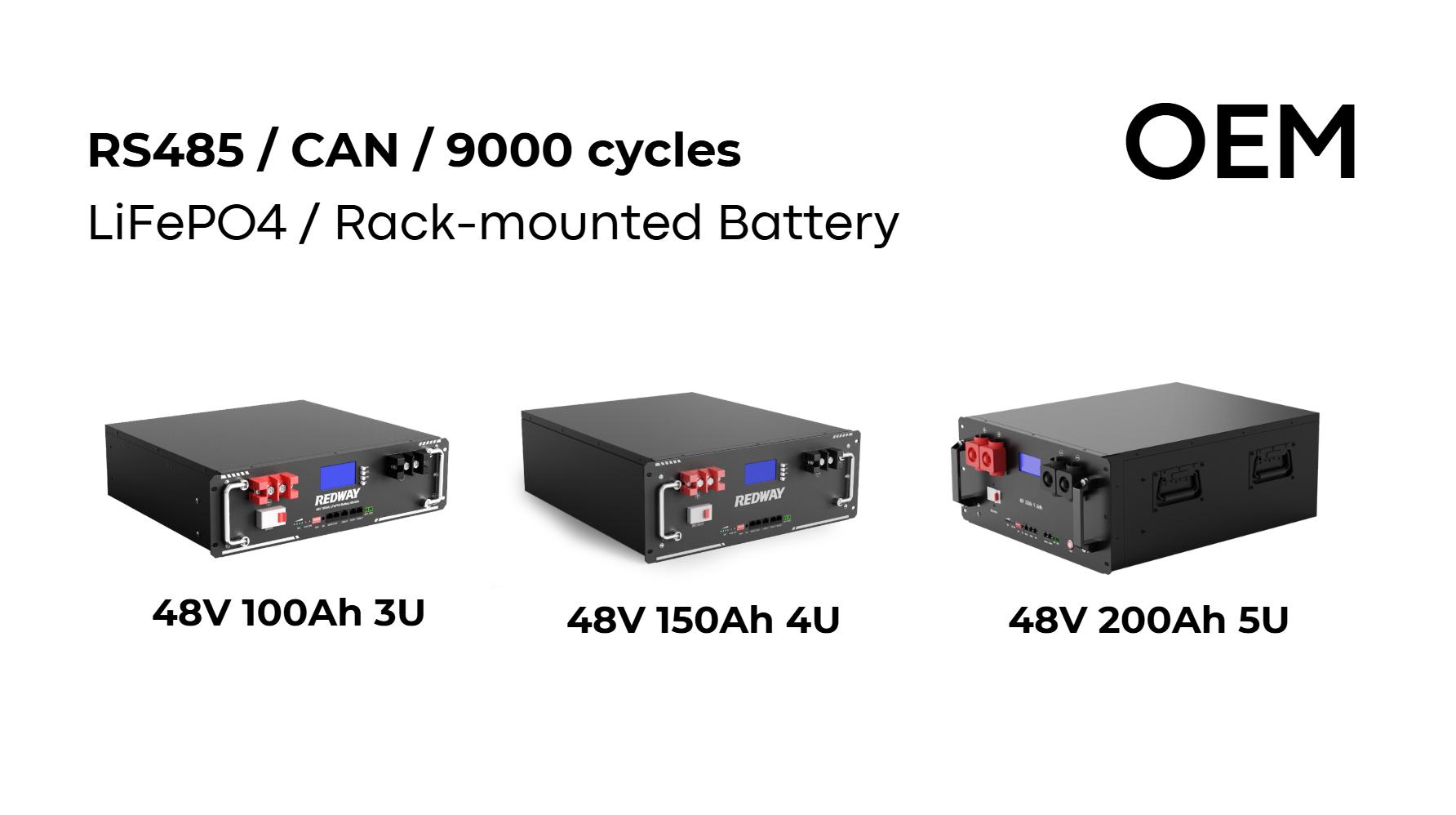Batteries for renewable energy systems involve upfront, operational, and end-of-life costs. Key expenses include purchasing lithium-ion or flow batteries, installation labor, maintenance, replacement cycles, recycling fees, and integration with solar/wind infrastructure. Government incentives and raw material price fluctuations further influence total costs. Strategic planning optimizes these expenses for long-term sustainability.
How Do Initial Purchase Costs Impact Renewable Energy Projects?
Initial battery costs range from $200/kWh for lithium-ion to $800/kWh for flow batteries, depending on chemistry and capacity. High upfront expenses affect project ROI, often requiring subsidies or financing. For example, Tesla’s Powerpack costs ~$400,000 for 1 MWh storage, while lead-acid alternatives offer lower entry prices but shorter lifespans.
What Installation Expenses Apply to Renewable Energy Batteries?
Installation costs include $50-$100/hour for certified electricians, structural reinforcements ($2,000-$15,000), and grid interconnection fees ($1,000-$5,000). Temperature-controlled enclosures add $3,000-$10,000. Large-scale projects may require specialized equipment, like 10-ton cranes for flow battery tanks, increasing labor costs by 20-35% compared to residential setups.
Wholesale lithium golf cart batteries with 10-year life? Check here.
Why Does Maintenance Affect Long-Term Battery Economics?
Lithium-ion systems need $15-$45/kWh/year for thermal management and firmware updates. Lead-acid requires quarterly electrolyte checks ($120-$300/year). Sodium-sulfur batteries operate at 300°C, demanding $8,000-$12,000 annually in cooling costs. Predictive maintenance tools reduce failures by 18% but add $0.10/kWh to operational budgets.
When Do Battery Replacement Costs Become Significant?
Replacement cycles occur every 5-15 years based on depth-of-discharge (DoD). Cycling lithium-ion at 80% DoD degrades capacity to 70% in 3,000 cycles. Replacement adds 40-60% of initial costs after warranties expire. For a 10 MWh system, this means $1.2-$2 million every decade, excluding disposal fees for old units.
Want OEM lithium forklift batteries at wholesale prices? Check here.
Which Recycling Costs Apply to Depleted Energy Storage Systems?
Recycling lithium-ion costs $1.50-$4.50/kg, recovering 95% cobalt but only 40% lithium. Pyrometallurgical processes consume 8-12 kWh per battery kg. EU regulations mandate 70% recycling efficiency, adding $6,000/ton compliance fees. Redwood Materials offers closed-loop recycling at 30% lower costs than virgin material production.
How Do Government Incentives Offset Battery Expenditures?
The U.S. ITC covers 30% of storage costs until 2032. California’s SGIP provides $0.25-$0.50/Wh rebates. Germany’s KfW grants 25% tax credits for commercial systems. These reduce payback periods from 12 to 7 years for 100 kW solar+storage installations. However, incentive stacking limitations apply in 68% of jurisdictions.
What Hidden Costs Emerge in Battery-Renewable Integration?
Power conversion systems (PCS) add $80-$120/kW. Microgrid controllers cost $15,000-$50,000 for 500 kW systems. Syncing with SCADA requires $10,000-$25,000 in software customization. Transient voltage spikes from wind turbines may necessitate $7,000 harmonic filters per battery string.
Expert Views
“Battery costs are transitioning from CAPEX-dominated to OPEX-focused models,” says Redway’s CTO. “New LFP chemistries cut cobalt use by 90%, but nickel price volatility still causes 18% quarterly cost variances. Our 2024 analysis shows AI-driven battery cycling slashes degradation costs by 41% in utility-scale PV systems.”
Conclusion
Renewable energy batteries require multilayered cost analysis spanning procurement, integration, and decommissioning. While lithium-ion dominates upfront investments, flow batteries offer 20,000-cycle durability justifying higher initial outlays. Strategic use of tax credits and adaptive maintenance protocols can compress LCOE to $0.08/kWh, enabling 14.5% project IRR even amid volatile material markets.
FAQs
Do solar batteries increase home resale value?
Yes. Studies show homes with solar+storage sell 4.1% faster and for 3.6% more, per NREL 2023 data. The premium averages $15,000 in sunbelt states but varies by system age.
Can recycled batteries be used in renewable systems?
Second-life EV batteries provide 5-7 years of grid storage at 60% original capacity. GM’s Ultium reuse program offers these at $75/kWh, 55% below new cells, but requires $20/kWh in reconfiguration costs.
Are zinc-air batteries cheaper than lithium for renewables?
Zinc-air systems cost $90/kWh for 8-hour storage—35% cheaper than lithium. However, their 65% round-trip efficiency vs lithium’s 95% means larger arrays are needed, offsetting 22% of cost advantages in solar applications.






